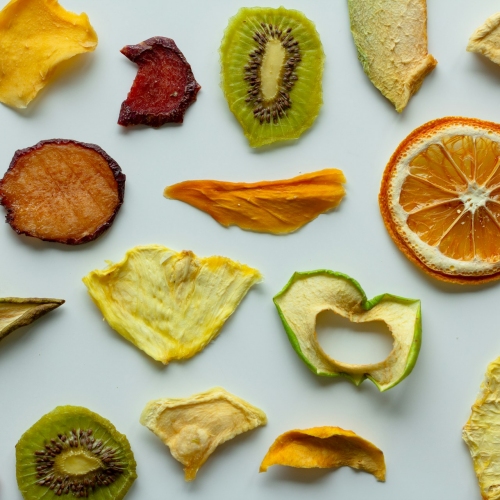Food dehydration involves the process of removing moisture from food products to create unique products, increase their shelf life, or make the food smaller and lighter. This method of food preservation has been practiced for centuries, dating back to ancient times when sun-drying was a common practice. However, modern food dehydration businesses utilize advanced technology and equipment to efficiently dehydrate large quantities of food. This can be done for fruits, vegetables, meats, and more.
Selling / Market
Biltong is the most popular and most competitive (saturated). I did recently see a B2B model take off quickly, selling to resellers in prepackaged bags with minimum quantities and good prices. So clearly, there is still opportunity.
While competitive, it's still popular, so look at new niche markets like marketing it as "bar snacks" and delivering directly to pubs. Both biltong and fish are bar snacks that make people thirsty (and make them order more drinks).
Another opportunity in the dried meat market is "meat sticks." Woolies salami sticks are probably the most popular.
Business Model
Process: Food dehydration involves removing moisture from food items such as fruits, vegetables, meats, and herbs. This can be done using various methods, including air drying, sun drying, freeze-drying, and using specialized dehydration equipment such as dehydrators.
Equipment: Dehydration businesses typically invest in industrial-scale dehydrators that can handle large volumes of food. These machines use controlled temperatures and airflow to efficiently remove moisture from the food while preserving its nutritional value and flavor.
Products: Dehydrated foods come in various forms, such as dried fruit slices, vegetable chips, biltong, dried herbs, and powdered food ingredients. These products are popular for their unique taste and texture, long shelf life, lightweight, and convenience, making them ideal for camping, hiking, emergency food supplies, and cooking applications.
Product Mix
In South Africa, the most popular dehydrated food is biltong, followed by dried fruit. We will look at all foods regardless of their dehydration method (dehydrator, freeze-dried, oven, sun-dried, etc.).
Here is a list of common dehydrated foods:
Biltong (meat)
Meat sticks (beef, pork, chicken, or turkey)
Bokkoms (fish)
Dried fruit (mixed), raisins (grapes), trail mix (dried fruit and other nuts)
Rusks
Less common
Kale chips
Seaweed snacks (nori, wakame)
Sun-dried tomatoes
Dehydrated vegetables (like you find in some 2-minute noodle packs)
Growing
Mushrooms for cooking (Porcini, Shimeju, Eryngii, Enoki, Shiitake) and supplements such as lions mane as well as psilocybin ;)
Equipment
Type: The type of dehydration method (dehydrator, oven, sun, solar, or freeze) will determine the equipment you will need.
Capacity: Then you need to look at the capacity. How much can your equipment dry per hour/day. Is it sustainable to grow to increase equipment and capacity.
We broadly categorise dehydrators into consumer and industrial. Some fancy consumer machines cost as much as industrial machines. Because it is so simple, there is another way to procure equipment: DIY or custom-built.
We have also seen solar dehydrators enter the market in recent years.

